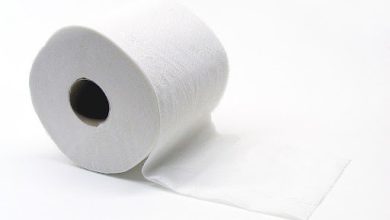Ductile iron is a type of cast iron with improved mechanical properties, making it a highly versatile material for various engineering applications. Its exceptional strength, toughness, and ductility have made it a popular choice for manufacturing components used in a wide range of industries. In this comprehensive article, we will explore the advantages, applications, and manufacturing processes of ductile iron parts.
Advantages of Ductile Iron:
- Strength and Durability: Ductile iron possesses superior strength and durability compared to traditional gray cast iron. Its tensile strength is significantly higher, making it suitable for heavy-duty applications.
- Ductility and Impact Resistance: As the name suggests, ductile iron exhibits excellent ductility, allowing it to withstand high impact loads without fracturing. This property makes it ideal for parts subjected to shock and vibration.
- Corrosion Resistance: Ductile iron parts are more resistant to corrosion than conventional cast iron components. This makes it a viable choice for applications where exposure to moisture or corrosive environments is a concern.
- Cost-Effectiveness: Ductile iron provides an excellent balance of performance and cost. It offers a cost-effective alternative to materials like steel while maintaining comparable mechanical properties.
- Machinability: Ductile iron can be easily machined and fabricated, making it convenient for creating complex and intricate parts.
- Versatility: The versatility of ductile iron allows for a wide range of applications, from small, intricate components to large and heavy industrial parts.
Applications of Ductile Iron: Ductile iron parts find extensive use in various industries due to their unique properties. Some prominent applications include:
- Automotive Industry: Ductile iron is commonly used in automotive components such as engine blocks, crankshafts, and suspension parts due to its strength, wear resistance, and ability to dampen vibrations.
- Pipes and Fittings: Ductile iron’s corrosion resistance and strength make it an excellent material for water and wastewater pipes, fittings, and valves.
- Construction and Infrastructure: Ductile iron is used in construction projects for components like manhole covers, gully grates, and drainage systems due to its strength and durability.
- Railway Industry: Ductile iron finds application in railway components such as brake discs, couplings, and suspension systems due to its ability to withstand high loads and shocks.
- Agriculture and Mining: Ductile iron is utilized in agricultural machinery parts and mining equipment components due to its resistance to wear and impact.
- Power Generation: Ductile iron parts are employed in the power generation sector for components such as turbine housings and pump casings.
- Marine Applications: Ductile iron is used in marine environments for parts like propellers and ship fittings due to its corrosion resistance.
Manufacturing Processes of Ductile Iron Parts: The manufacturing of ductile iron parts involves a series of steps that ensure the material’s desired properties are achieved. The primary processes include:
- Melting and Treatment: Ductile iron is typically produced through the melting of pig iron or scrap iron with small additions of magnesium or cerium, which promote the formation of graphite spheres during solidification, enhancing the material’s ductility.
- Casting: After the molten metal is prepared, it is poured into molds to create the desired shapes of the ductile iron parts. Casting methods can vary, including sand casting, investment casting, and centrifugal casting, depending on the complexity and size of the component.
- Annealing: Annealing is a heat treatment process used to improve ductility and reduce internal stresses within the ductile iron part. It involves heating the part to a specific temperature and then gradually cooling it down.
- Machining: Once the cast ductile iron part is cooled and solidified, it may undergo additional machining processes to achieve precise dimensions and surface finishes as per the design requirements.
- Quality Control: Throughout the manufacturing process, stringent quality control measures are applied to ensure that the ductile iron parts meet the required standards and specifications.
Conclusion: Ductile iron parts offer an array of advantages, making them a popular choice across a wide range of industries. The material’s unique combination of strength, ductility, and cost-effectiveness makes it suitable for various applications, from automotive to infrastructure. By understanding the advantages, applications, and manufacturing processes of ductile iron parts, engineers and designers can leverage this versatile material to create reliable and durable components for numerous engineering purposes.





